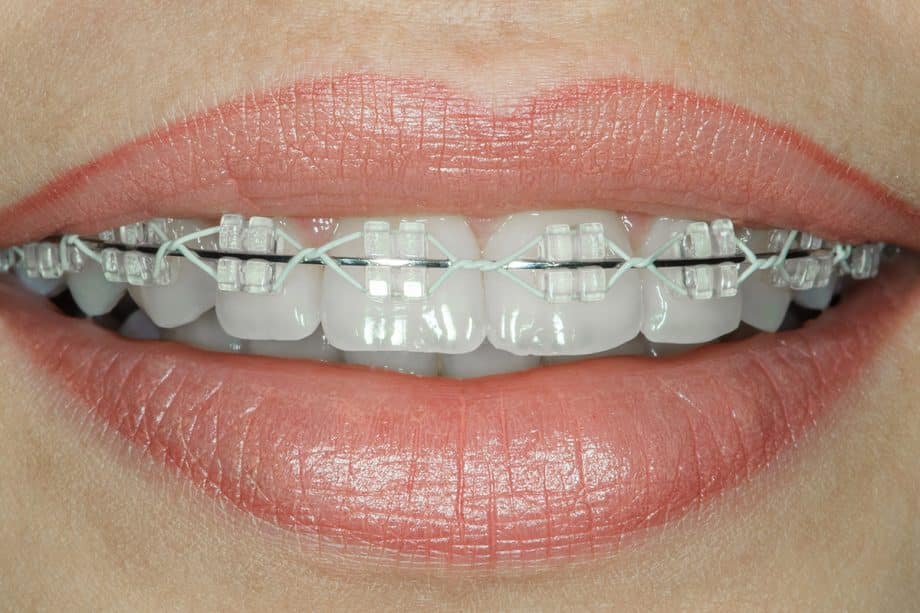Today, orthodontic treatment may begin at a younger age than parents expect. Pediatric dentists now perform the first orthodontic evaluations around age five. While traditional orthodontics involves placing braces or aligners on permanent teeth,
Interceptive orthodontics focuses on appliances that guide proper oral development.
This blog details the differences between traditional and interceptive orthodontics and explains how interceptive treatment works.
About Interceptive Orthodontics
The term "interceptive orthodontics" covers a number of interventions that help to steer a child's development and improve their oral health.
These interventions include:
Habit Appliances
A habit appliance fits on the inside of a child's front teeth like a retainer. The device prevents children from sucking their thumbs or thrusting their tongues, allowing the teeth to stay in their proper positions. If these habits go unchecked, a child could experience severe malocclusion and tooth damage. These appliances work as a deterrent and a reminder to stop the habit.
Palatal Expanders
A palatal expander is an adjustable metal device that fits in the roof of a child's mouth. It helps widen the upper jaw, assisting patients with overcrowding and crossbites by creating more space for their teeth. The younger the patient, the less time a palatal expander takes to work.
Space Maintainers
A space maintainer is a small metal or plastic device that fits in the gap left by a missing tooth. If a child's primary tooth falls out too soon, keeping its space open can help to prevent malocclusion and maintain a healthy dental bite.
Differences Between Interceptive and Traditional Orthodontics
Traditional orthodontics involves straightening permanent teeth in older children and teens using braces or aligners. With interceptive orthodontics, doctors carefully choose the proper guiding devices to discourage harmful habits and maintain the dental bite.
Interceptive treatment can begin as young as age five or six. Unlike traditional orthodontics, this treatment is available to children who still have some primary teeth.
Conditions Corrected By Interceptive Orthodontics
- Tongue thrust
- Thumb or finger sucking
- Narrow jaw and airway
- Primary teeth that shed too soon
Frequently Asked Questions About Interceptive Orthodontics
Are palatal expanders uncomfortable?
Children may experience temporary pressure or discomfort after the installation, and each time the device receives an adjustment.
How does a space maintainer preserve a child's dental bite?
A space maintainer prevents teeth from crowding by filling in the gap left behind by a missing tooth. Crowded teeth can cause misalignment and a poorly aligned bite.
The team at Suffolk Pediatric Dentistry provides top-notch dental and orthodontic care for children and teens. If you have noticed one or more of these habits or characteristics in your child, please call one of our convenient offices on Long Island to schedule a consultation. We can help your child achieve a healthy smile.

